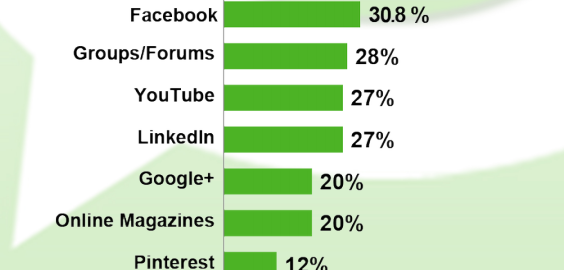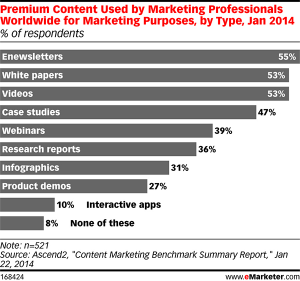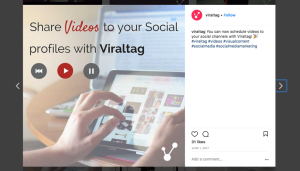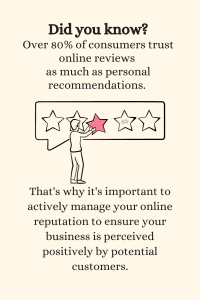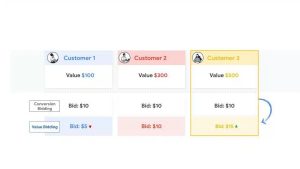According to a 2013 Technorati study, blogs are one of the most important online sources of purchase influence.
In fact, they ranked third after retail and brand sites—well above online magazines and news sites.
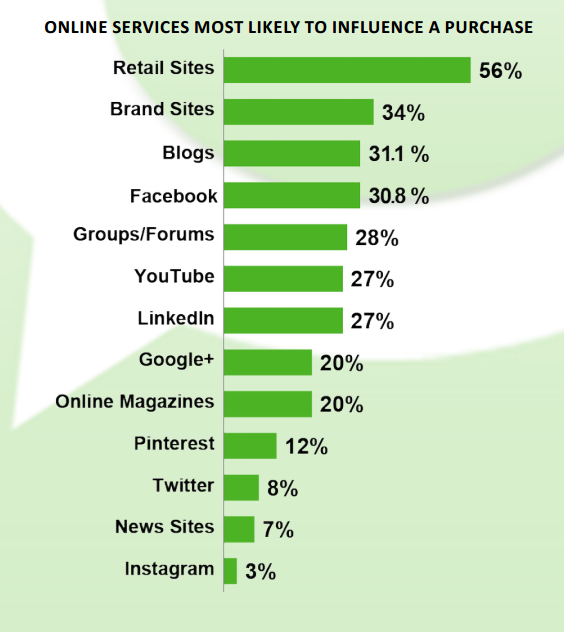
If you’re launching a new product or service, it therefore makes sense to include blogger outreach in the marketing mix. While independent bloggers often have lower audience reach than legacy media, their communities are typically more involved. This provides opportunities for you to engage those communities and turn them into fans of your products (and hopefully brand advocates).
Bloggers usually focus on narrow niche audiences such as moms, fashion for plus-size women or travel destinations in Southeast Asia. If your product falls into a niche, blogs are a terrific way to get the word out to your target market.
Given the significance of blogs in the online media landscape, brand marketers simply can’t afford to ignore them . . . or mess up a blogger outreach program with poor targeting and lazy execution.
Following are 3 areas of distinction and similarity between traditional journalists and bloggers you need to understand to ensure a successful blogger outreach campaign.
The media outlet pays the journalists
Legacy media professionals (editors, reporters, columnists, etc.) receive a salary from the outlets for which they work. Similarly, freelance journalists are compensated by the media outlets that use their material, but they’re usually paid upon publication or broadcast.
On the other hand, independent bloggers rely on advertising and sponsors to make a living. Most of them have published rate cards outlining their expectations for a product review or giveaway. Many have minimums—either a minimum giveaway value or minimum cash investment.
What it means for marketers:
Bloggers are “pay for play,” and the more popular the blog, the more you’ll pay. It’s not uncommon for a well-read mommy blog with a highly engaged Canadian audience to ask a minimum of $ 3,500 for a sponsored post and giveaway that includes social media amplification.
Make sure you devote the necessary resources to your blogger outreach and don’t skimp on the free samples so the bloggers can try your product.
Bloggers don’t have an editor
Journalists have editors overseeing their work, correcting their typos or awkward language and often writing their headlines. The editor also ensures the journalist adheres to the outlet’s “journalistic standards,” which helps protect against lawsuits and embarrassing retractions.
It’s true that things slip through the cracks from time to time. We’ve all heard about journalists plagiarizing the work of other writers and even repurposing their own work and calling it “original.” But for the most part, professional journalists abide by their outlets’ rules.
Bloggers, on the other hand, don’t have an editor to pull them back before they rant about a bad pitch or other faux pas committed by a PR agency or brand.
The good news is most bloggers follow strict ethical guidelines, such as indicating when they’ve been reimbursed for a product review. But when working with bloggers, it’s important to keep in mind they generally edit their own material and publish without the benefit of an objective pair of eyes to review their work.
In defense of bloggers, the good ones look at stories from a win-win-win perspective, reporting only on what’s good for their readers, the brand and themselves. I know many food and beverage bloggers (and journalists too) who refrain from covering a product if they don’t like it.
What it means for marketers:
Although most bloggers are highly ethical, you need to exercise caution in who you approach and how. It’s key that the bloggers you include in your outreach efforts are a fit for your brand and will welcome your pitch (see next point: not all bloggers/journalists are “pitchable”).
Not all bloggers (or journalists) are “pitchable”
Here’s one way bloggers and journalists are exactly the same. They’re not all “pitchable.”
By “pitchable” I mean your story isn’t relevant for everyone. Your PR agency or communications department needs to spend the time to research the bloggers and journalists on your consideration list.
In many cases, your agency or communications staff will have relationships with the key journalists in your niche. Relationships will exist with established bloggers as well, but there are always new bloggers springing up, so researching them and connecting with them is an ongoing effort.
In spite of generally accepted best practices, many agencies simply don’t take the time to do their homework. They rely on a spray-and-pray approach: let’s throw as much s*** against the wall as we can and see what sticks. A generic pitch (or even a news release) is sent to a long list of [insert your industry here] bloggers without even looking at the blogs, much less reading any of the posts.
Of course, some agencies also do that with journalists, especially if they lack experience in your industry.
What it means for marketers:
Make sure your agency takes the time to identify appropriate bloggers. And once they do, be sure to follow their recommendations. One of my clients recently suggested a list of fashion blogs for a program to support its new line of cookies. While the fashion bloggers might well enjoy snacking on the product, there simply wasn’t a good reason for them to write about it.
It’s all about building relationships
Whether you’re using blogger outreach or media relations to get the word out about your consumer brand, building relationships is key. This means respecting the writer’s time by doing your homework before making contact, adhering to journalist deadlines and honouring your commitments to bloggers, such as the promise to send complimentary products or write a guest post.
Professional journalists and bloggers both rely on PR pros (and, by extension, their clients) to find stories and work more efficiently. These relationships work better when there’s trust. By focusing on building trusting relationships with journalists and bloggers, you’ll gain more opportunities for editorial coverage . . . that means more chances to profile your products, your business and yourself.
Digital & Social Articles on Business 2 Community
(353)
